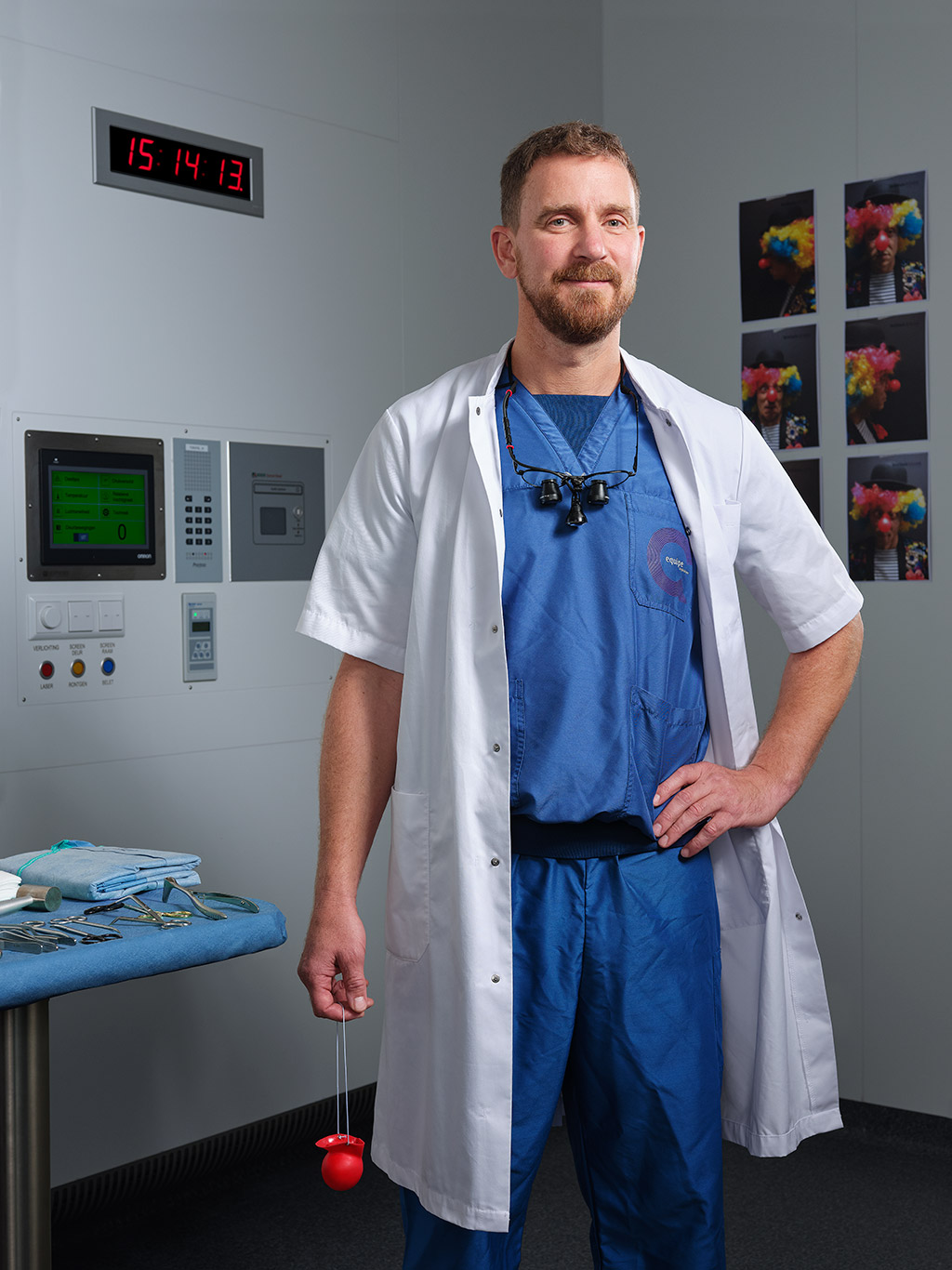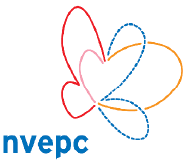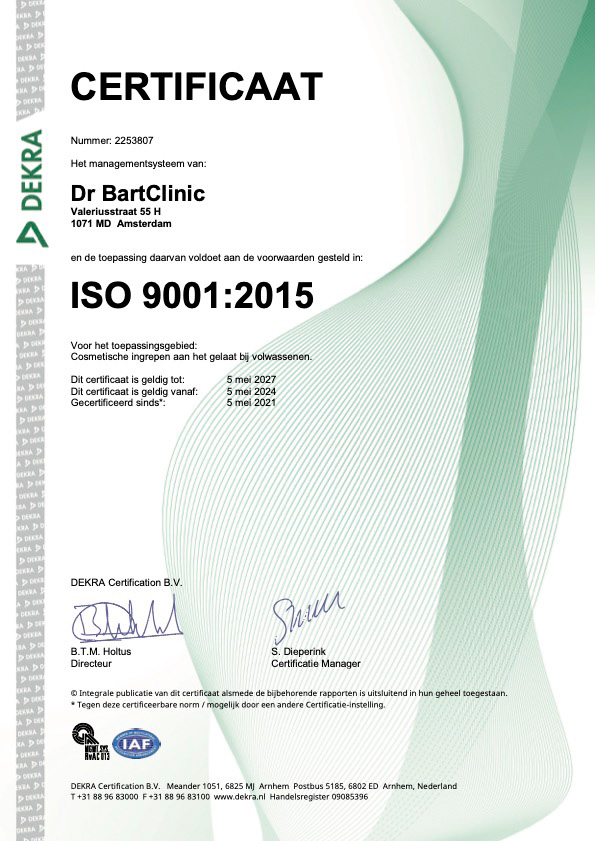Rhinoplasty
Since the nose is the central focal point of the face, a rhinoplasty can greatly impact your appearance. Rhinoplasty can also improve the overall function of the nose. I practice the Preservation Rhinoplasty technique, which leads to a faster recovery and a more natural result without scarring.
Preservation Rhinoplasty
I use the Preservation Rhinoplasty technique for all rhinoplasties. This is a modern approach aimed at preserving the structure and stability of the cartilage and bone of the nose. This technique has a number of advantages over the classic open rhinoplasty.
Natural result without visible scars
In the classic open rhinoplasty, the surgeon lowers the bridge of the nose by removing bone and cartilage from the top. He then has to reconstruct the bridge once more. The Preservation Rhinoplasty technique removes bone and cartilage from below, preserving the natural lines of the bridge of the nose. You can compare it to a Christmas tree that is too big for your home. In that case you can saw the top off so that it fits, but then you have an ugly tree. I remove part of the trunk, so that the tree sinks and the result is natural.
Shorter rhinoplasty recovery time
In addition, the Preservation Rhinoplasty technique involves surgery in a different anatomical plain. This leaves the soft tissues (in which the blood and lymph vessels run) unaffected. For example, the procedure is much less invasive than a traditional treatment and the rhinoplasty recovery time is significantly shorter. You are often presentable again after 10 days. I often give lectures and teach other surgeons at home and abroad this technique. I have also co-authored the leading book on Preservation Rhinoplasty that is internationally recognized.
Intake and treatment
During the consultation you can indicate what bothers you the most about your nose and how you would like to change it. After the initial intake, photo simulation is used to see what is beautiful and feasible. A nose job takes one and a half to three hours, depending on the level of difficulty. The procedure is done under general anesthesia. You don't get nose packing or nose caps, only patches. A week after the rhinoplasty, about 60% of the swelling has disappeared and the last 40% disappears within a year. Your nose will still feel stiff for several months after the rhinoplasty. There may be runny nose complaints or difficulty in breathing. These complaints are usually temporary and subside within a couple of months.
Aftercare rhinoplasty
- You can go home 3 hours after the operation.
- The first 72 hours after the rhinoplasty there is swelling and sometimes bruising around the eyes.
- You can ice your midface (including eyes) at home every hour for 10 minutes for the first 2 days.
- When you sleep you don't have to cool. We recommend cooling with a small handful of frozen peas in a sandwich bag. Always put a tissue or gauze between the bag and the skin, so that the skin doesn’t get too cold. It's important to keep your nose clean.
- You can clean your nostrils every day with moist cotton swabs or rinse your nose with iodine-free salt water (see FAQ).
- Avoid bending over and lifting heavy items in the first few days. During this period it is nice to sleep with an extra pillow or neck support so that your head is slightly elevated. This allows the swelling to decrease faster.
- You will be scheduled for a visit with us at the rhinoplasty clinic 1 week after the procedure. During this check, the patches and any splints are removed. After this period you can apply make-up as desired.
- We recommend taking a 1-2 weeks off from work or training after the
- Finally, we will see you again after 6-8 months for the final checkup. In the meantime, if you have any concerns or questions you can always contact us and visit us at the clinic.
Rhinoplasty Amsterdam
For a nose correction with natural results, you are in good hands at the Dr. Bart Clinic. The first step is filling out the online form and sending photos, so that I can assess whether your expectations can be met. The rhinoplasty clinic can then schedule a consultation with you in our Amsterdam office. During our appointment you share your desires and then I show the possibilities based on edited photos we make of your nose. I give honest feedback about what is feasible. You will also receive an explanation about the procedure and there is always room to ask questions. Please don’t hesitate to contact us.
FAQ
The Preservation Rhinoplasty technique, which I use, maintains the structure and stability of the cartilage and bone. This ensures a predictable and natural result. When necessary the function of the nose can also be improved during a rhinoplasty.
In most cases I do a closed rhinoplasty, without visible scar. In some instances, if a patient has previously had a rhinoplasty, the open technique is used with a small scar in the skin between the nostrils (columella).
A rhinoplasty is not perceived as a very painful procedure. There might be discomfort due to swelling or a feeling of pressure. After the surgery you can use the painkillers prescribed by us.
The complication risk after rhinoplasty is extremely small (0.5%). Despite precautions, sometimes situations cannot be completely prevented. The possible complications are:
- nose bleeding
- infection
- septal hematoma (collection of blood between the mucous membranes of the nasal septum)
- hole in nasal septum
- (temporary) loss of sensation of the skin of the nose tip
- skin reaction to used suture material (granuloma)
If you suspect an infection or septal hematoma, you must contact us immediately. If not treated in time, both complications can permanently damage the cartilage in the nose. In most cases, this will result in an unacceptable functional or suboptimal result. A severe infection may require readmission to a hospital and antibiotic treatment via an IV.
Directly following a rhinoplasty, blowing of the nose is not advised. You can however, flush the nose with a salt water solution. The Nasofree® nasal douche from DOS Medical is recommended by us. This product comes with sachets of rinsing salt. Click here to order the Nasofree.
You can also make the salt water solution yourself by dissolving 9 grams of (iodine-free) salt in 1 liter of lukewarm tap water, or by dissolving 1 teaspoon of salt (iodine-free) in 200ml (1 mug) of lukewarm tap water.
Depending on the type of work, you can resume your activities / training after 10-14 days.
No. Unfortunately, we are not allowed to request this.
To protect the bridge of the nose and to prevent swelling, it is not recommended to wear glasses for up to 6 weeks after surgery.
Nasal surgery is a complex procedure, the outcome of which cannot be fully predicted. Most concerns disappear over the course of the healing process, which takes 12-18 months, especially if you have thick skin.
You can slowly start exercise 2 weeks after surgery. Avoid contact sport for 6 months.
The purpose of the procedure is to create a less noticeable, more beautiful version of your existing nose. The biggest compliment you can get is that people around you don’t notice that you have been operated on. Keep in mind that there is still swelling of the nose in the first three months. After a year, the nose is completely healed. People with thick skin should be aware that fine details sometimes show less well than people with thinner skin.
Do you want to know more?
If you would like to receive more information about what a rhinoplasty could mean for you, you can contact me via the form below to make an appointment.



